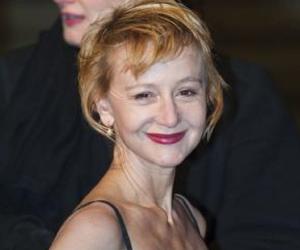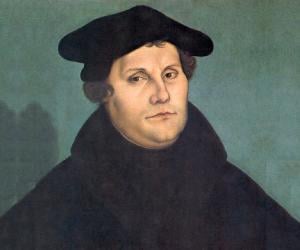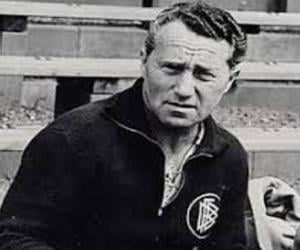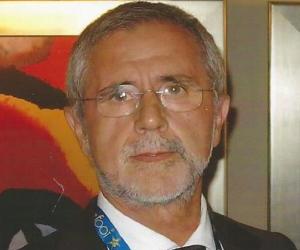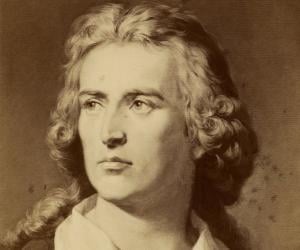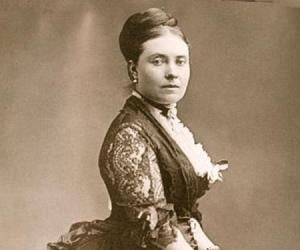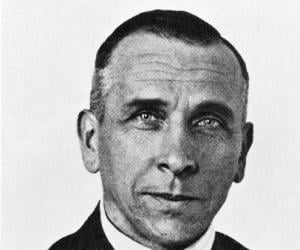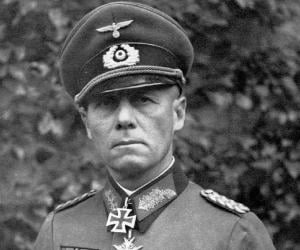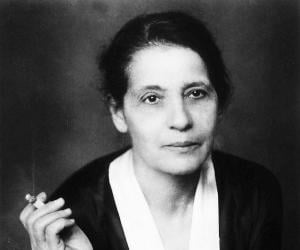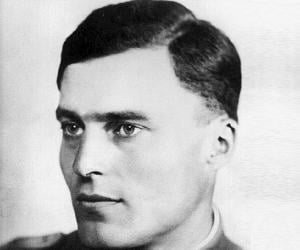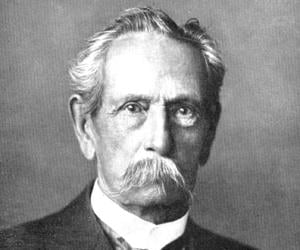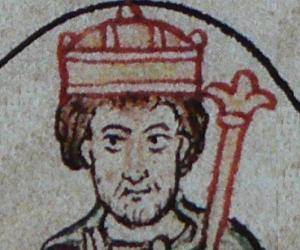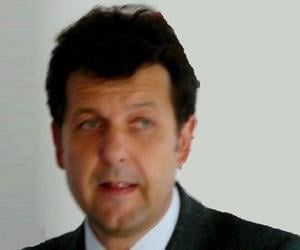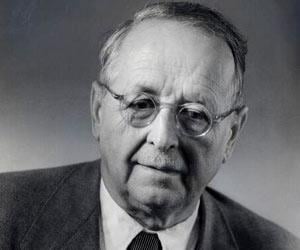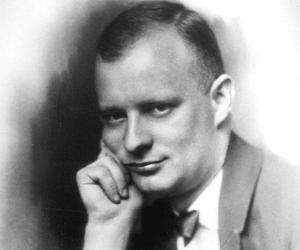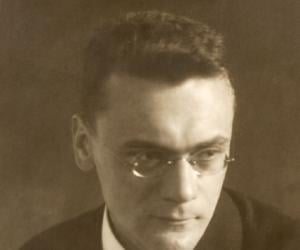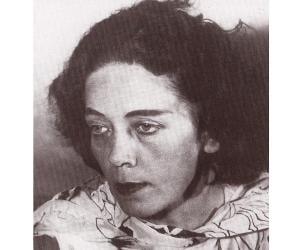German monk Martin Luther challenged the dogmas of Roman Catholicism and the authority of the pope, in his Ninety-five Theses, and was thus excommunicated. His German translation of the Bible enriched the German culture, and his marriage set an example for clerical marriage. His teachings are now known as Lutherans.
Adolf Dassler was a German cobbler-turned-entrepreneur who established the German sportswear company Adidas. His older brother, Rudolf Dassler, established Puma. The two brothers initially operated the Dassler Brothers Sports Shoe Factory. Adolf was a pioneer in designing athletic shoes and in selling them through endorsements from athletes.
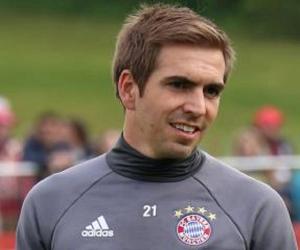
Friedrich Schiller was a German poet, physician, philosopher, playwright, and historian. Schiller is best remembered for his friendship with Johann Wolfgang von Goethe and the two discussed issues concerning aesthetics. Schiller's discussions with Goethe paved the way for a period, which came to be known as Weimar Classicism. Friedrich Schiller is also widely regarded as Germany's most prominent classical playwright.
Victoria, Princess Royal was the Queen of Prussia and German Empress from 9 March 1888 to 15 June 1888. Victoria, Princess Royal had an opportunity to influence the German Empire's policy, but the death of her husband German Emperor Frederick III, just 99 days after his accession, ruined her opportunity. Victoria has been portrayed in several movies and TV series.
In the early 1900s, meteorologist Alfred Wegener did not find too many takers for his theory that all the continents of the world had initially been a single mass named Pangaea and that continental drift had caused them to split apart. Wegener died on his fourth expedition in Greenland.
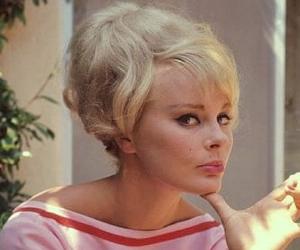
Known as The Desert Fox, Nazi field marshal Erwin Rommel led the Axis forces during World War II. For his plot to assassinate Hitler in 1944, he was given a choice to either commit suicide by consuming a cyanide pill or face a trial and execution. He chose the former.
Lise Meitner was an Austrian-Swedish physicist best remembered for her contributions that led to the discoveries of nuclear fission and the element protactinium. Nicknamed the German Marie Curie by Albert Einstein, Lise Meitner became the second woman in the world to receive a doctorate in physics in 1905. In 1997, chemical element 109 meitnerium was named in her honor.
German army officer Claus von Stauffenberg, a significant figure of the German Resistance Movement within the Wehrmacht of Nazi Germany, attempted to assassinate Adolf Hitler in July 1944, but failed. He was executed by a firing squad soon after Operation Valkyrie. He had earlier actively participated in World War II.
Karl Benz was a German engine designer, automotive engineer, and entrepreneur. He designed the Benz Patent Motorcar, for which he received a patent in 1886. He studied mechanical engineering at the University of Karlsruhe before venturing into developing motorcars. His Benz Patent Motorcar is widely regarded as the world's first production automobile.
Otto I, Holy Roman Emperor, known for his ruthlessness, not only united the German empire by crushing all rebellious vassals, but also put an end to the attacks by the Magyars of Hungary. His strategy of making the German bishops feudal lords helped his cause of stabilizing his empire.
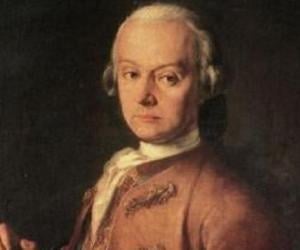
German violinist and composer Leopold Mozart is best remembered as the father and music teacher of legendary composer Wolfgang Amadeus Mozart. However, Leopold was often blamed for exploiting his son’s musical talent by pushing him to perform as a child. He also had a troubled relationship with his adult son.
Ricardo Eichmann is an archaeologist who worked as a professor at the University of Tübingen. From 1996 to 2020, Eichmann served as the director of the Orient Department, which is located within the German Archaeological Institute. Over the years, he has played an important role in the field of music archaeology.
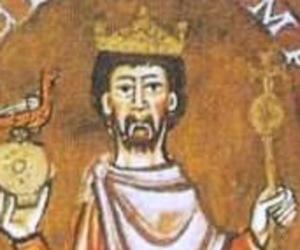
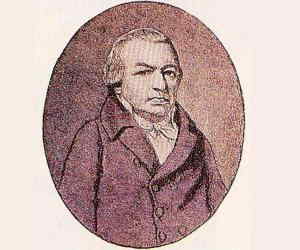
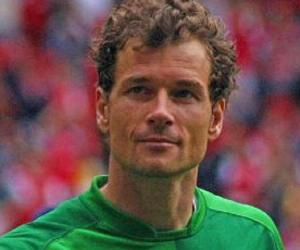
Hermann Klaus Hugo Wey is remembered for his contribution to both physics and math. He was one of the first scientists to think of merging the concepts of electromagnetism and relativity. He moved from the University of Göttingen to Princeton in the wake of the rise of the Nazi reign.
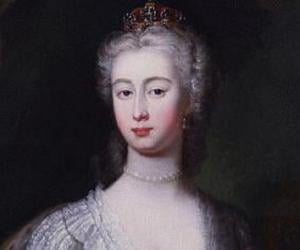

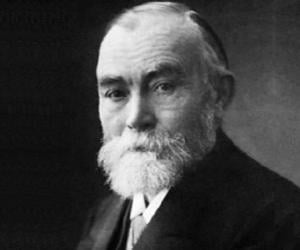

Julia Görges is a retired tennis player who won five doubles and seven singles titles on the WTA Tour. She also won six doubles and six singles titles on the ITF Circuit. Görges had more Grand Slam success in doubles, reaching the semifinals three times. She also reached the finals of the 2014 French Open in the mixed doubles event.
Although German composer and violinist Paul Hindemith had collaborated with leftist and Jewish musicians, his apolitical stance made him a favorite of the Nazis initially. However, he was later forced to comply with Nazi dictatorship. He moved to the U.S. after his performances were banned in Germany.
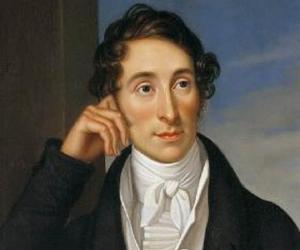
Carl Maria von Weber was a German composer, virtuoso pianist, guitarist, and conductor. A significant musical figure in the Romantic era, he played a key role in the development of the German Romantische Oper (German Romantic opera). He also made significant contributions to vocal and choral music. He was a music critic as well and wrote music journalism.


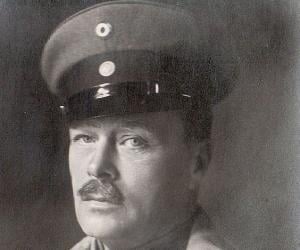
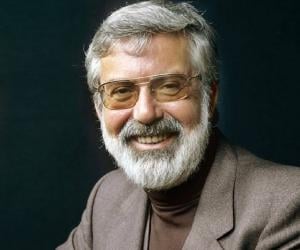
Nobel Prize-winning ethologist Karl von Frisch is best remembered for his research on communication among bees. He was the first to observe that bees communicate the location of food to other bees by a form of “dance.” He penned down his studies in books such as The Dancing Bees.
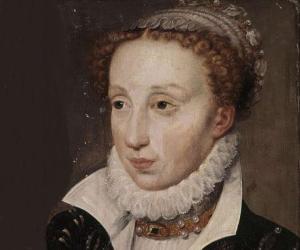
French princess Claude of France, who was the daughter of King Henry II of France, later became the duchess consort of Lorraine by her marriage to Charles III, Duke of Lorraine. She is known to have suffered from a club foot and a hunchback, traits she inherited from her mother, Catherine de' Medici.

Best remembered as a fashion photographer, Peter Lindbergh was also a successful film director, credited with several films and documentaries. Also known for creating covers for several music albums, he began his career as an assistant to photographer Hans Lux before opening his own studio and joining Stem Magazine. His works have been displayed in several exhibitions across the world.


German designer Jil Sander had been a fashion editor for Petra before she launched her own boutique. She is known for her signature minimalist aesthetic and her association with Prada, which had acquired 75% shares of her company. She later collaborated with Fast Retailing to design for Uniqlo.
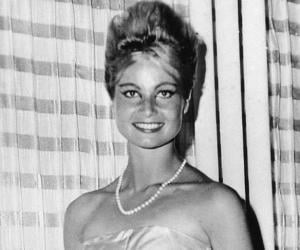
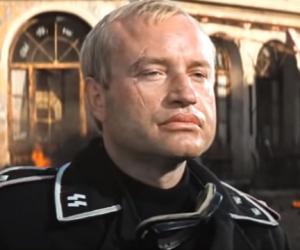
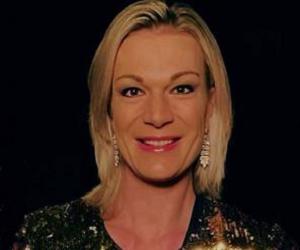

Mary Wigman was a German dancer best remembered for pioneering dance therapy and expressionist dance. Also a choreographer, Wigman is also credited with pioneering movement training sans pointe shoes. Widely regarded as one of the most prominent personalities in modern dance history, Mary Wigman is also considered an iconic figure of Weimar German culture.


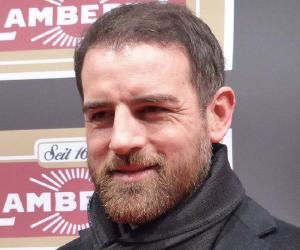
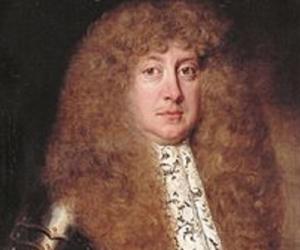

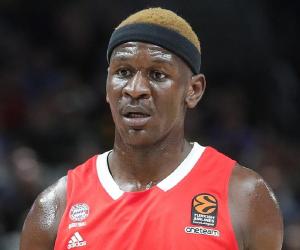
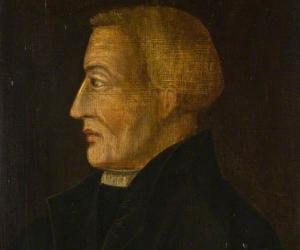
Martin Bucer was a German Protestant reformer in the Reformed tradition who was active in the 16th century. He is credited to have deeply influenced Lutheran, Calvinist, and Anglican doctrines and practices. His work resulted in his excommunication from the Roman Catholic Church, and he was exiled to England. He is considered an early pioneer of ecumenism.
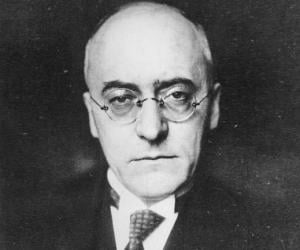
Heinrich Brüning was a German academic and politician. From 1930 to 1932, he served as the chancellor of Germany. Brüning lost his popularity when his measures to tackle the economic crisis instigated by the Great Depression increased unemployment in the Weimar Republic. To this day, he remains a controversial figure in the history of Germany.
